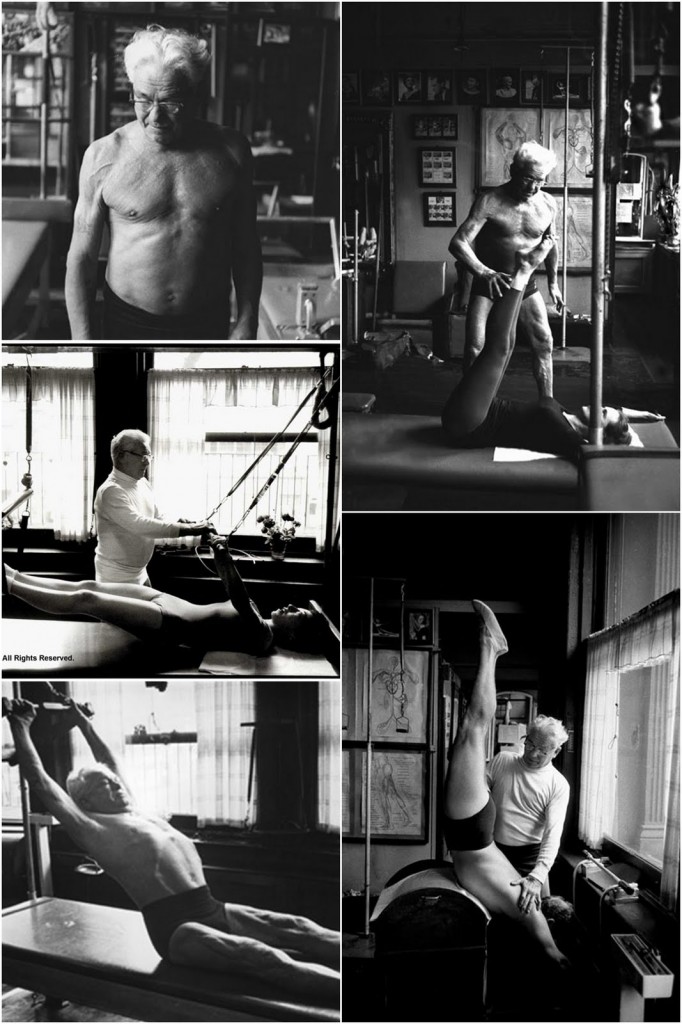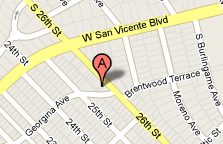 Joseph Hubertus Pilates developed “Contrology” in the early 1900’s as a full body conditioning system based on his practices of gymnastics, boxing, and yoga. Now known as Pilates Mat, Contrology was executed without machines and was designed around the following principles: Control, Breath, Flow, Precision, Centering, Stability, Flexibility, and Concentration.
Joseph Hubertus Pilates developed “Contrology” in the early 1900’s as a full body conditioning system based on his practices of gymnastics, boxing, and yoga. Now known as Pilates Mat, Contrology was executed without machines and was designed around the following principles: Control, Breath, Flow, Precision, Centering, Stability, Flexibility, and Concentration.
During World War I, Joseph Pilates was stationed in an English internment camp where he worked in hospitals. He rigged springs above hospital beds allowing patients to rehabilitate and build strength against resistance while lying down. This particular set-up became the Cadillac (Trapeze Table). Joseph continued to develop apparatus including the Reformer, Wunda Chair, Ladder Barrel, Spine Corrector, Foot Corrector, and Pedi-Pull.
Joseph Pilates opened his first studio in New York in 1926 and slowly amassed a following of pupils and clients ranging from blue-collar workers to dancers and gymnasts. In his work, Joseph Pilates continually challenged established medical dogma, specifically with his idea that the “S” curve of our spine is unhealthy and unnatural. Joseph Pilates also taught his technique as an A-Z regimen, with the practitioner flowing from one exercise to the next no matter the condition of their body. He felt the set sequence, executed correctly, would correct all bodily aches, pains, and ailments. As a consequence, despite the revolutionary nature of his work, Joseph Pilates never received the academic acceptance and recognition for which he had spent a good portion of his life striving. However, as of today, many Orthopedic Surgeons and Physical Therapists disagree with what constitutes a “neutral spine” and whether it is with prominent or less prominent S-curvatures.
MRI technology emerged in the mid-1970s, nearly ten years after Joseph Pilates passed away. We will never know how he might have used advancements in 3D viewing of soft tissue injuries within the realm of his methodology. The debate has created a great divide in the Pilates community. Some Pilates practitioners and teachers believe the Pilates Method exercises and sequencing should be modified to coincide with advances in our understanding of anatomy, physiology, kinesiology, and general body mechanics. Others, known as “Classical Purists,” hold true to the method as originally taught and instructed by Joseph Pilates and disapprove of alterations or modifications. It is a divide across which the Pilates Method Alliance (PMA), founded by five of Joseph’s last living apprentices, is attempting to build a bridge.

